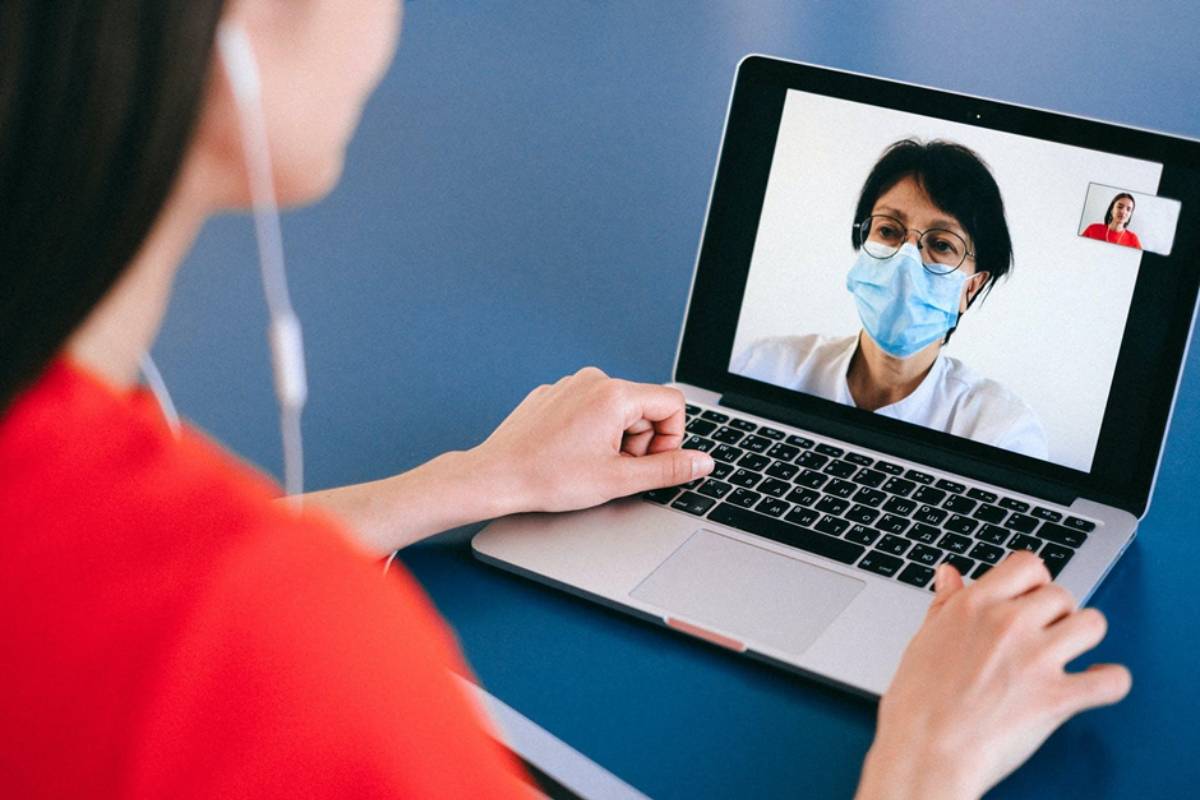Technology has changed our habits in many ways, from the ease of ordering food through an app to being able to monitor your health using a smartwatch. Every day, new medical technologies also emerge to make life easier for patients and healthcare providers.
Many tools can help make patient care more efficient for clinicians and less stressful for the patients themselves. With more and more people getting used to using these technologies (especially after the lockdown), investing in tools that help patients manage their health is mandatory.
If you are still taking your first steps in the field, learn about some of the patient engagement technologies available and understand how they can help you to attract and retain patients.
Table of Contents
Patient Engagement Technologies
It is not enough to just offer an app or digital platform to your patients. You need to provide a better experience for them through the use of these tools. These technologies can help your healthcare professionals provide better service when all goes well. Some popular ways to achieve it are:
In-House Patient Engagement Software
There are different systems designed to improve communication with patients, provide educational resources, or manage the patient-provider relationship (facilitating appointment scheduling and monitoring of lab tests and diagnosis, for example).
This could include advanced Electronic Health Records (EHR) with the latest features. Suppose you still don’t know what is EHR. In that case, it is past time to modernize your processes. These digital files have replaced older paper filing charts, making the process of document care provided to patients and retrieving information about their medical history easier and faster.
Keeping EHRs up to date allows healthcare professionals to quickly access a patient’s data to find out what treatments they’ve already received, what medications they’ve already taken, monitor condition changes, etc.
Contact Center for Customer Support
Have you taken a look at how the front desk staff at your hospital or clinic is working? Perhaps they are overwhelmed with functions like answering the phone, talking to incoming patients, and scheduling or rescheduling appointments.
Today, patients want fast service instead of waiting in line or waiting for their email to be answered. Having a 24/7 support line can help ramp up patient engagement. In addition to easing the workload of your receptionists, the contact center has the following advantages:
Multichannel
Instead of waiting on the phone, patients can schedule appointments or ask questions through live chat, email, or social media.
Cost-Effective
It’s easier to add more agents to the system when needed than to hire more receptionists.
Work Distribution
Your front desk staff is free to handle more important tasks.
Tracking Metrics
In addition to agility and speed, the system allows tracking and analyzing metrics such as missed and declined calls.
Video Conferencing Platforms
The COVID-19 pandemic has popularized the use of telehealth platforms. When people were prevented from leaving their homes during the lockdown, medical appointments began to be made via video conferencing or mobile phone calls.
Although the pandemic is cooling off, many patients must continue to use these new tools. According to a recent survey, 38 percent of patients already received care via telehealth in the first quarter of 2022.
Video conferencing platforms improve communication between patients and their medical providers and avoid commuting to the hospital or clinic, making life much easier for those who live in remote or rural areas.
Texting Platforms
People spend their day texting by sending emails, SMS, or messages on communication apps like WhatsApp and Telegram. Why should it be any different when it comes to healthcare?
Texting between patients and doctors can make a huge difference in their medical outcomes. Here are some examples of how this can be used:
Appointment Reminders
Remind patients about their appointments (date, time, location).
Preventative Care Reminders
Send information about preventive care, including vaccination campaigns.
Procedural Reminders
Remind about procedures that the patient needs to do before an appointment or lab test, such as avoiding certain foods or drinks.
Monitoring Aftercare
Monitor things the patient must do after the appointment, such as specific exercises, taking a new prescription, results from lab tests, etc.
Experience Surveys
Conduct patient satisfaction surveys.
The Future of Patient Engagement Technology
The “healthcare with no address” movement has gained strength in recent years. The objective is to promote patient-centered technologies, bringing care to more people without forcing them to go to a physical hospital or clinic.
Medical providers need to future-proof their patient engagement strategies. By adopting technologies that allow greater engagement, you offer easier interactions, higher quality services at reduced costs, and make your clinic more efficient. Patient portals, telehealth, and contact centers are just some of the alternatives you can adopt to streamline the provider-patient relationship.
But there are even more advanced technologies just around the corner, including AI and machine learning tools, capable of analyzing tons of patient data to track patterns. The important thing is to be prepared to embrace these technologies. After all, the future is now.

